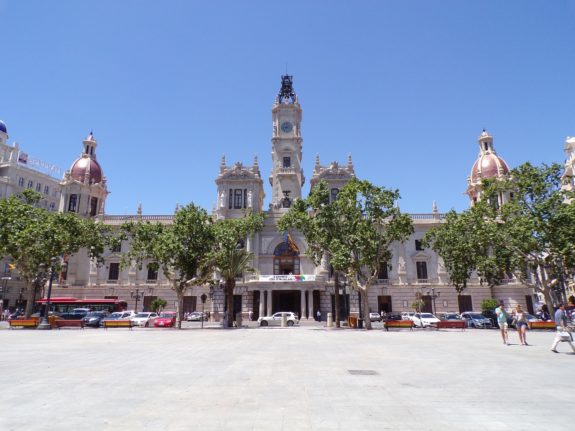Spain’s Prime Minister Pedro Sánchez has announced a plan to bolster the country’s educational system.
Speaking at a Socialist (PSOE) event in A Coruña over the weekend, Sánchez stated that Spain’s Ministry of Education, headed by Pilar Alegría, is committing to a ‘reinforcement plan’ to improve maths skills and reading comprehension among Spanish students, subjects widely discussed among parents and teachers following a poor showing in the latest PISA (Programme for International Student Assessment) report compiled by the OECD.
The plan will benefit 4.7 million students across Spain and be backed up by a budget of over €500 million spread across the duration of the current legislature, although the exact amount has not yet been finalised.
It will principally be aimed at eight school years, covering pupils from the third year of primary school up to 4th ESO, the fourth and final year of secondary school before students decide to study for university entrance (known as ‘bachillerato’) or take on more vocational training study type programmes (known as ‘formación profesional’ or FP).
READ ALSO: Is doing vocational training in Spain worth it?
“We are not going to stop, especially in education. In these times in which we find ourselves, it is important that we are aware, in the light of the OECD reports, that despite the efforts of students and teachers, there are subjects that are difficult to crack. And that’s why the government is going to make a plan for all the young people who are studying in our country today,” Sánchez said.
The Prime Minister added that the government would work “hand in hand with the educational community” to implement the plan.
In order to achieve this, the government aims to reduce the number of students per classroom in maths classes during school hours, from 25 to around 12 or 14 per class. Outside of school hours, extra teachers will be used to support students having difficulties, and a teacher training plan will be implemented to help teachers improve their maths lessons.
Spain’s opposition, the Partido Popular (PP), responded to the plans by criticising the “shortcomings” of the education system. PP sources told laSexta the party believes the struggles of Spanish students in maths and reading is “the responsibility of a socialist educational model that enshrines the law of minimum effort.”
READ ALSO:
- Almost half of Spanish families pay for private classes for their children
- Why parents and teachers in Spain are at loggerheads over school hours
The PP also called for Sánchez to show to “willingness to discuss with the opposition and regions to ‘improve the system.'”
In the PISA rankings released in 2023, Spain received its worst result in the report since 2000. However, there was an overall global downward trend in scores in the 2023 edition, so despite falling in the rankings Spain was actually closer to both the OECD and EU averages than ever before. Education experts put the downward trend around the world down to a post-pandemic slump.



 Please whitelist us to continue reading.
Please whitelist us to continue reading.
Member comments